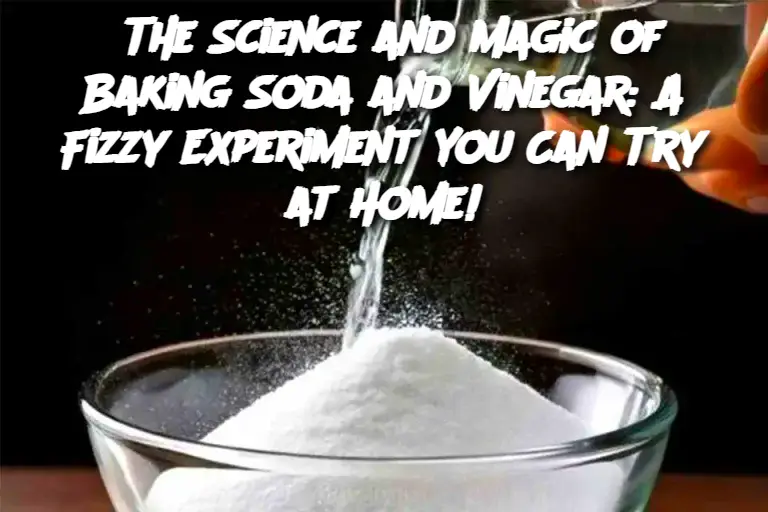ADVERTISEMENT
Volcano Experiment: Add the baking soda inside a paper-mâché volcano structure, then pour in vinegar to simulate an erupting volcano.
Balloon Inflation: Pour vinegar into a bottle, place baking soda inside a balloon, and carefully fit the balloon over the bottle's opening. As the reaction occurs, the balloon will inflate!
Kitchen Cleaner: Mix baking soda and vinegar in a drain to break down clogs and eliminate odors.
FAQ
1. Why does baking soda and vinegar fizz?
When mixed, baking soda (a base) reacts with vinegar (an acid) to produce carbon dioxide gas, which creates the fizzing effect.
2. Is this reaction safe?
Yes! This reaction is completely safe, making it perfect for kids' science experiments and home cleaning.
3. Can I use any type of vinegar?
Yes, but white vinegar is the most commonly used due to its strong acidity and affordability.
4. What happens if I add more baking soda or vinegar?
Adding more of either ingredient will extend the reaction, but once all the acid and base have reacted, the fizzing will stop.
5. Can I drink baking soda and vinegar?
While some people use small amounts for health remedies, consuming large amounts can be harmful. Always consult a doctor before ingesting.
Whether you're looking for a fun science experiment, a natural cleaning solution, or just a cool reaction to watch, mixing baking soda and vinegar is a fascinating way to explore chemistry. Try out different variations and enjoy the bubbly fun! 🚀✨
ADVERTISEMENT
